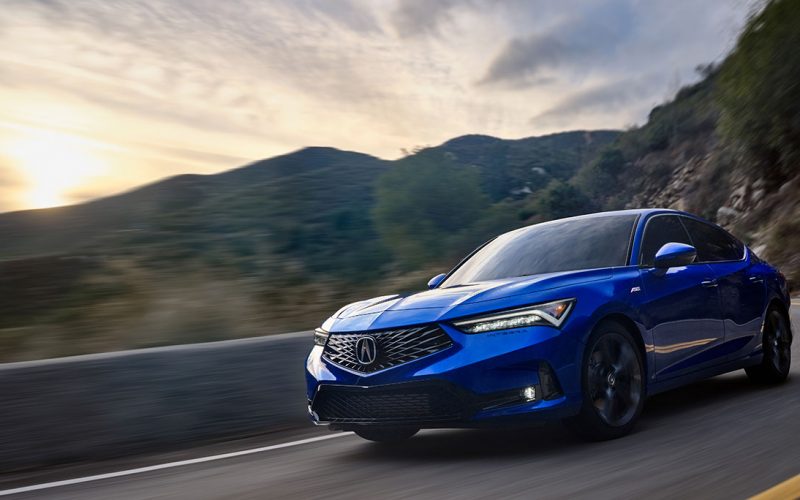
Reading Time: 8 minutesAcura is smartly bringing back one of its most revered nameplates for 2023, and simultaneously ditching
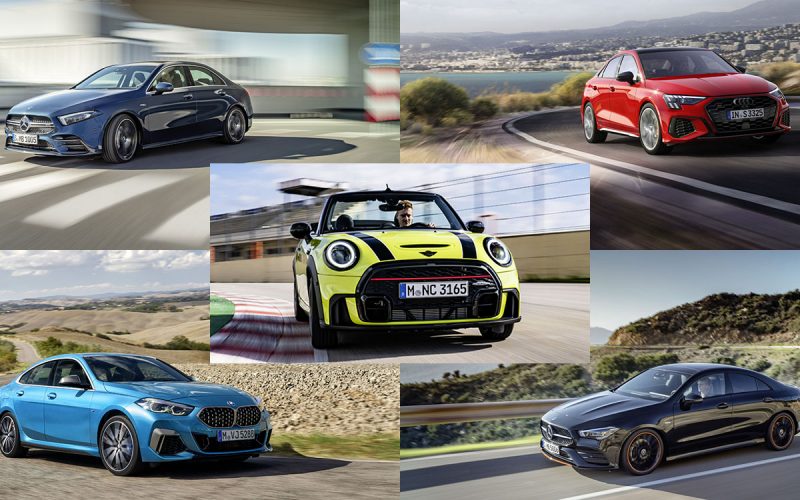
Reading Time: 22 minutesSmall luxury sedans and hatchbacks aren’t selling as well as they once did, but some brands
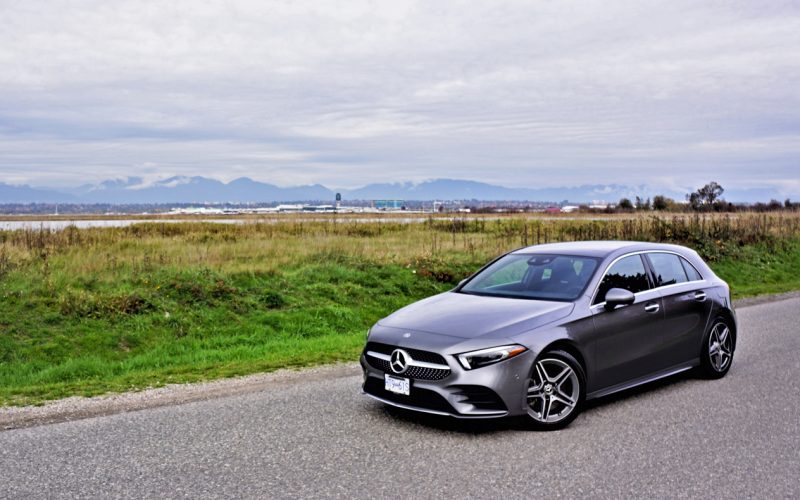
Reading Time: 15 minutesMercedes was a forerunner in the subcompact luxury class with its B-Class MPV back in 2005.
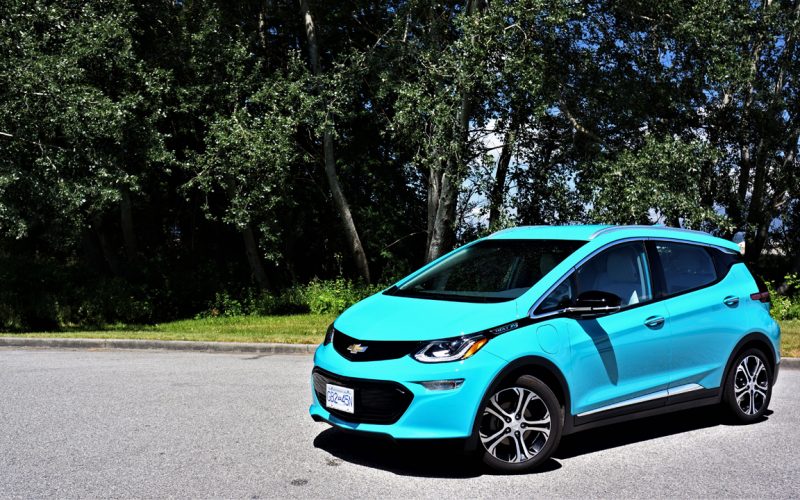
Reading Time: 11 minutesAs far as subcompact hatchbacks go, Chevy’s Bolt is la crème de la crème. Some time
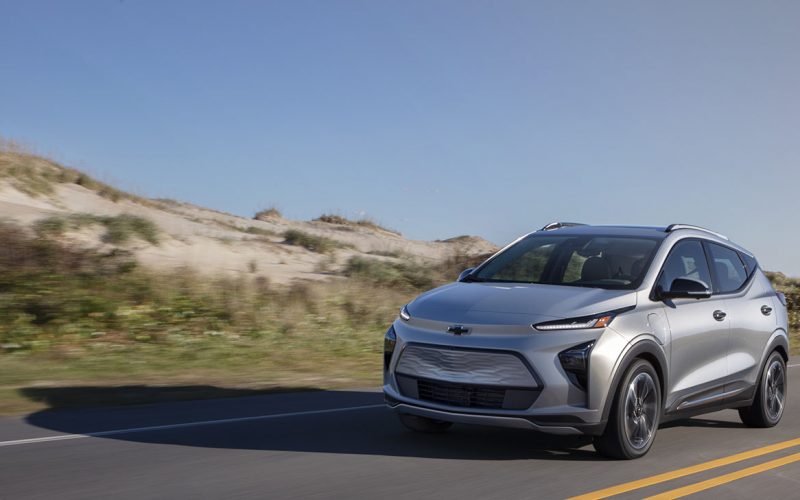
Reading Time: 8 minutesThe Bolt EV, which currently combines subcompact-sized hatchback practicality with a zero-emissions plug-in battery-powered electric drivetrain
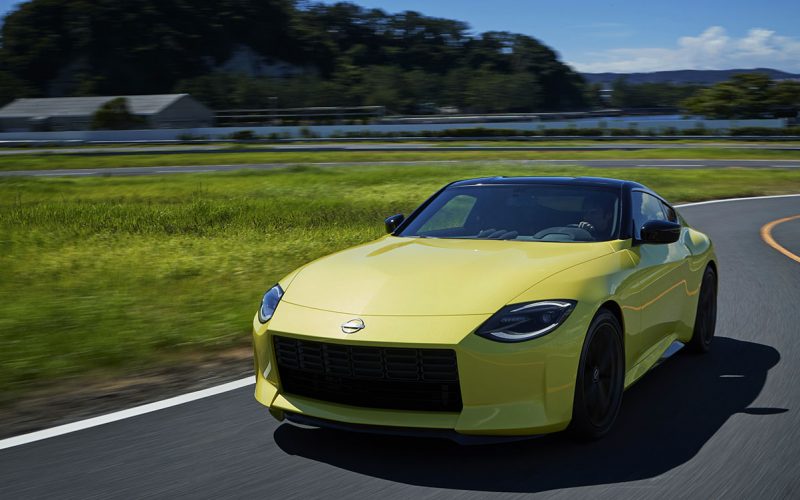
Reading Time: 8 minutesWhen an automaker creates a sports car as immediately classic as the now legendary 240Z, it’s
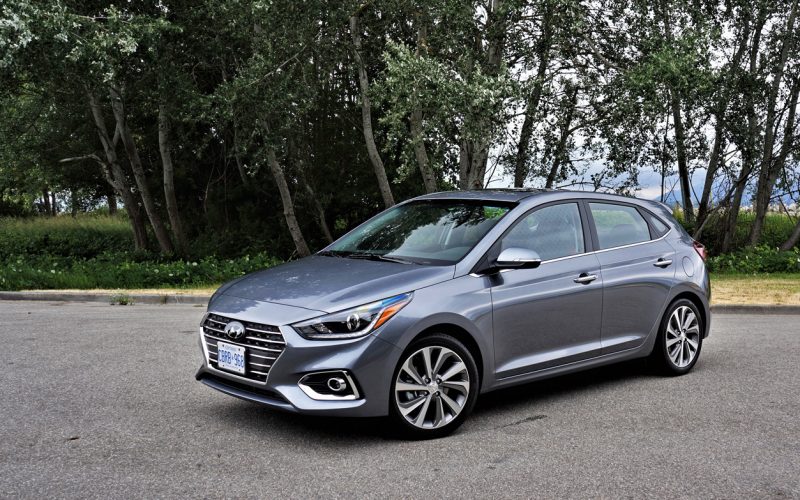
Reading Time: 12 minutesHyundai’s popular Accent hasn’t changed all that much since generation-five was introduced for the 2018 model
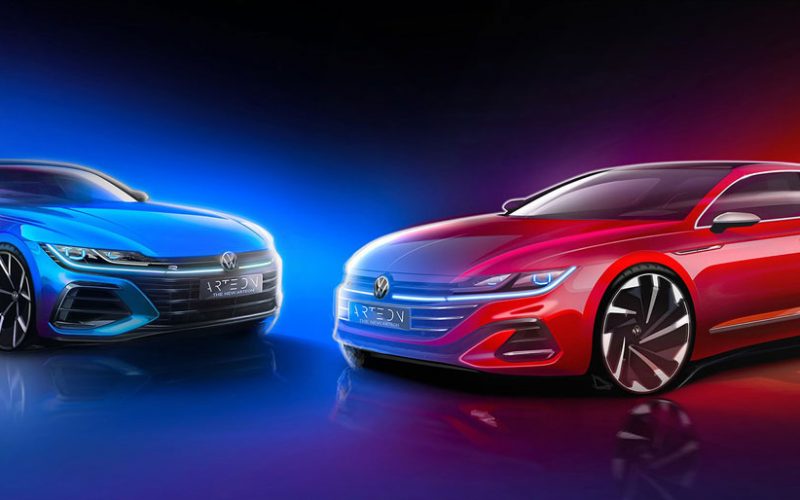
Reading Time: 4 minutesAhead of the 2021 Arteon four-door coupe virtual world première set for June 24th, Volkswagen has
© 2025 The Car Magazine. All Rights Reserved, Privacy Policy | Terms of Use